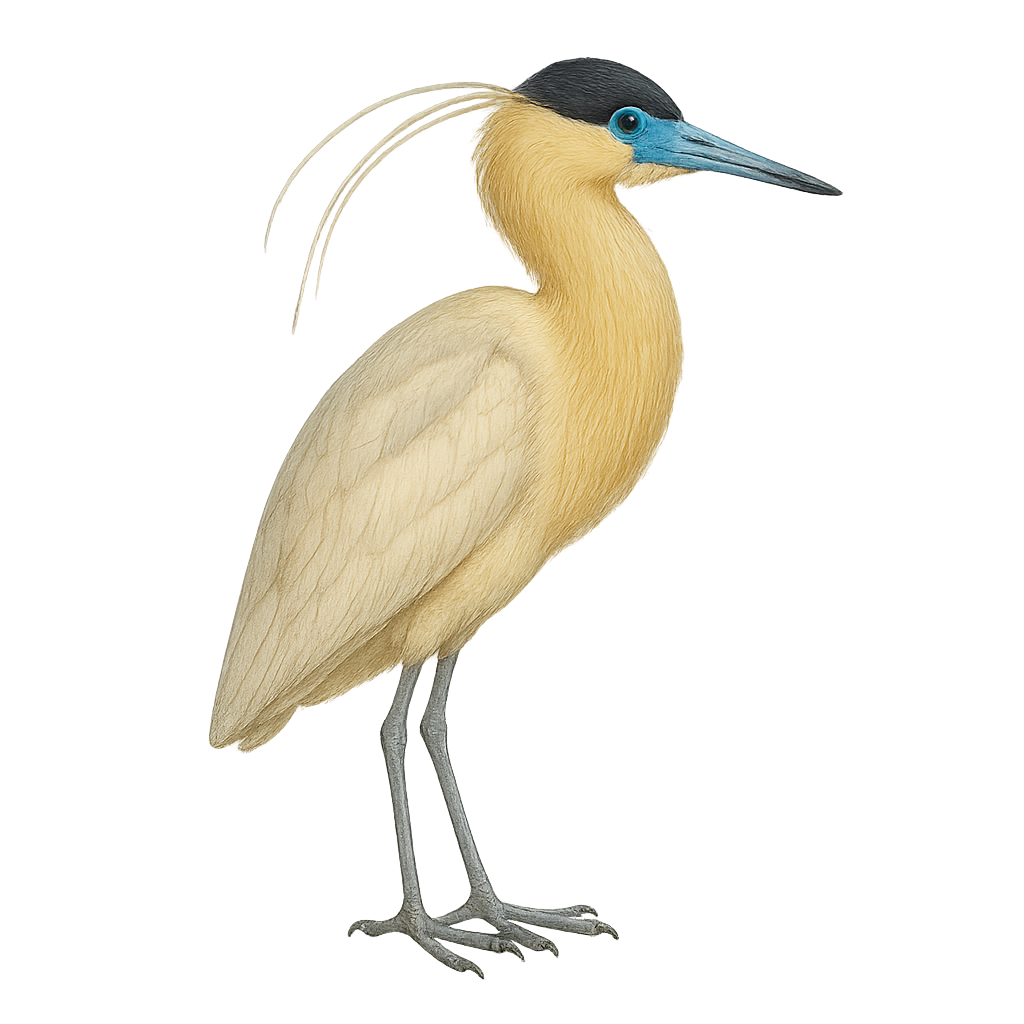Your wildlife photography guide.
Explore the capped heron in detail, study its behavior, prepare your shots.
Where to observe and photograph the capped heron in the wild
Learn where and when to spot the capped heron in the wild, how to identify the species based on distinctive features, and what natural environments it inhabits. The WildlifePhotographer app offers tailored photography tips that reflect the capped heron’s behavior, helping you capture better wildlife images. Explore the full species profile for key information including description, habitat, active periods, and approach techniques.
Capped Heron
Scientific name: Pilherodius pileatus

IUCN Status: Least Concern
Family: ARDEIDAE
Group: Birds
Sensitivity to human approach: Suspicious
Minimum approach distance: 10 m
Courtship display: September to December
Incubation: 22-24 jours
Hatchings: September to January
Habitat:
Tropical forests, swamps, slow rivers
Activity period :
Primarily active during the day, with peak activity in the morning and late afternoon.
Identification and description:
The capped heron, or Pilherodius pileatus, is an elegant and distinctive bird, recognizable by its black head contrasting with its white body and long blue bill. It primarily inhabits the humid tropical forests of Central and South America, often near slow-moving rivers and swamps. This solitary bird is often seen fishing, using its patient hunting technique to catch fish and small invertebrates. Its breeding season varies by region but is generally associated with the rainy season when food is abundant. Although its conservation status is currently stable, deforestation and habitat loss pose potential threats to its populations.
Recommended lens:
400 mm – adjust based on distance, desired framing (portrait or habitat), and approach conditions.
Photography tips:
To photograph the capped heron, it is advisable to use a telephoto lens of at least 400mm to capture detailed images without disturbing the bird. Look for areas near water where it is likely to fish. Be patient and discreet, as this bird can be suspicious. The best times for photography are early morning or late afternoon, when the light is soft and the bird's activity is at its peak.
The WildlifePhotographer App is coming soon!
Be the first to explore the best nature spots, track rutting seasons, log your observations, and observe more wildlife.
Already 1 430 wildlife lovers subscribed worldwide

